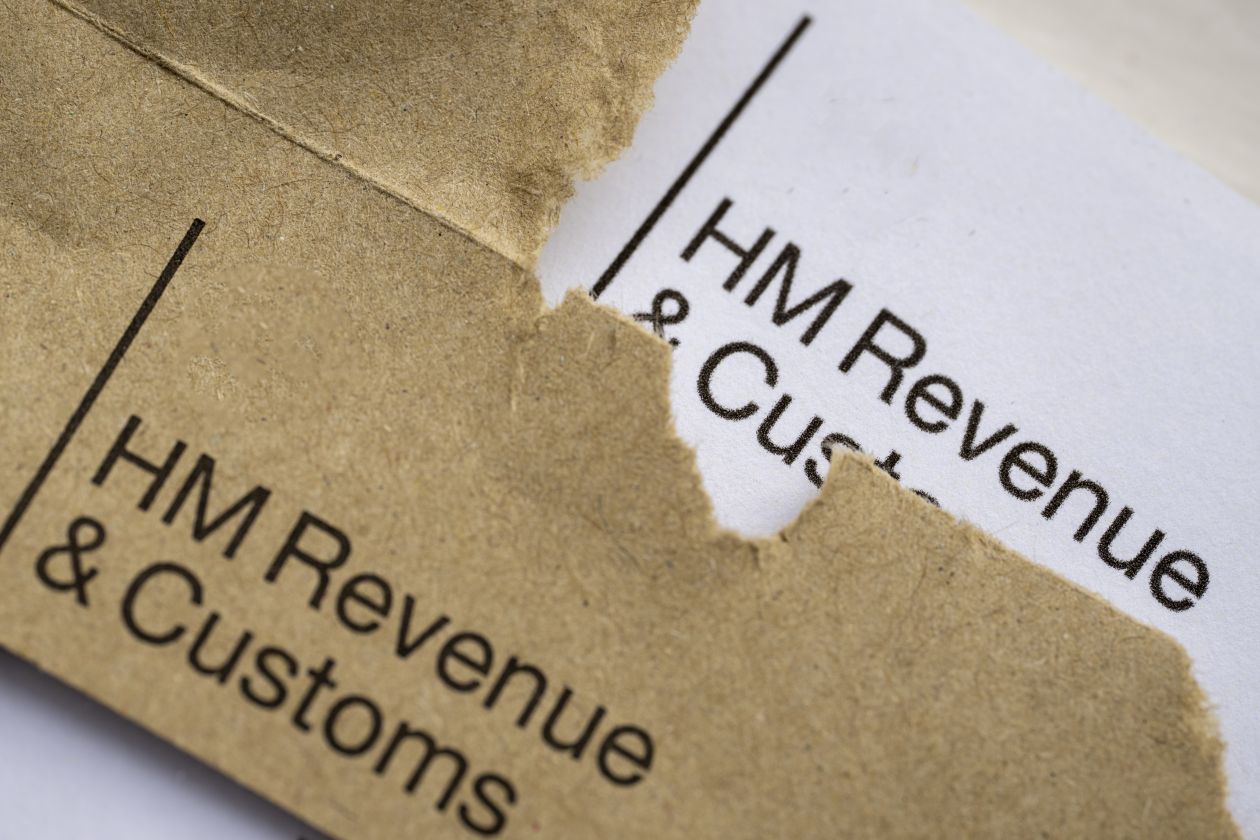On 6 January 2024, National Insurance (NI) was cut. Despite this, lots could end up paying more tax in the new tax year.
Income tax thresholds generally rise in line with inflation. But in 2022, the government announced plans to freeze certain income tax thresholds until 2028. If your wages rise, this freeze increases the likelihood of you moving into a higher tax band.
An extra 2.6 million taxpayers could end up paying higher rate tax from 6 April 2024.
Thankfully, there are several ways you can pay less income tax.
This article isn’t personal advice. If you’re not sure what’s right for you, ask for financial advice.
Pension, ISA, and tax rules can change, and benefits depend on your circumstances. Scottish tax rates and bands are different.
3 tips to pay less income tax
Add to your pension
Putting money into your pension could considerably reduce the amount of tax you pay. You can potentially lower your income tax liability by paying into a workplace or personal pension (like a Self-Invested Personal Pension). And for high earners, the tax perks are attractive.
If you’re a UK resident under 75, you can usually pay up to £60,000 into pensions each tax year and get tax relief from the government. You’ll only get tax relief on personal pension contributions up to 100% of your earnings, or £3,600 if lower.
If you’ve already taken money from your pension, or you’re a high earner, you might have a lower annual allowance.
Pay in up to £60,000
Basic-rate tax relief’s paid automatically on top of anything you pay into your pension. If you’re a high earner, you can then claim up to a further 20% or 25%.
Any money in a pension is also free from UK income and capital gains tax. Just be aware, you must pay sufficient tax at the higher or additional rate to be able to claim the full 40% or 45% tax relief.
Examples below:
Tax status | Contribution | Tax relief | Effective cost |
|---|---|---|---|
Basic-rate taxpayer | £10,000 | £2,000 (20%) | £8,000 |
Higher-rate taxpayer | £10,000 | £4,000 (40%) | £6,000 |
Additional-rate taxpayer | £10,000 | £4,500 (45%) | £5,500 |
A pension contribution can also restore any lost Personal Allowance
The standard personal allowance you don’t pay tax on is £12,570. If your annual income is more than £100,000, you’ll start to lose your tax-free personal allowance at a rate of £1 for every £2 of income over £100,000. Your personal allowance will be fully lost if your income is £125,140 or above.
Pension contributions reduce your adjusted net income and start to restore part (or all) of your personal allowance.
You can only usually access money in a pension at 55 (rising to 57 in 2028).
Use your ISA allowance
Individual Savings Accounts (ISAs) also offer a tax-efficient way to save and invest for the future.
You can pay in up to £20,000 each tax year. If your investments grow, you won’t have to pay capital gains tax. And you won’t pay UK income tax on any income either.
This tax year you can split your ISA allowance across different types of ISAs (Stocks and Shares, Cash, Lifetime, and Innovative Finance ISAs) if you don't exceed the total allowance across them all each tax year. However, you can't currently subscribe to more than one of each type of ISA each tax year. Please note that the Lifetime ISA can only have £4,000 paid into it in total each tax year.
There’s no tax to pay on ISA withdrawals. But if you take money out, you might not be able to pay it back into an ISA without using more of your ISA allowance.
Remember, investments can fall as well as rise in value, so you could get back less than you invest.
Transfer investments to your spouse or civil partner
If your spouse/civil partner pays less tax than you, or no tax at all, they could be missing out on using valuable allowances each year.
This includes the personal allowance, personal savings allowance, dividend allowance and capital gains tax allowance. You can gift investments to your spouse/civil partner without having to pay capital gains tax.
They can then use their allowances and shelter further investments from tax.
With the capital gains tax allowance and dividend tax allowance halving from 6 April, it’s more important than ever to save money by using your tax wrappers.
Open an ISA or SIPP with £100 or more.


